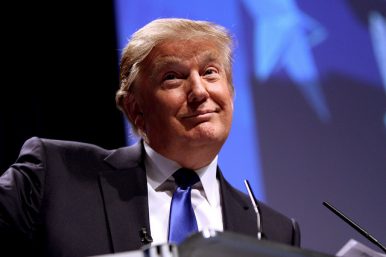SOURCE:
http://news.bbc.co.uk/2/hi/south_asia/2073159.stm
PROJECT SARASWATI
Saturday, 29 June, 2002
Scientists say new evidence could unearth the Saraswati
http://news.bbc.co.uk/2/hi/south_asia/2073159.stm
PROJECT SARASWATI
India's 'Miracle River'
Scientists say new evidence could unearth the Saraswati
The legend of the mighty Saraswati river has lived on in India since time immemorial. Ancient Hindu scriptures called the Vedas, recorded thousands of years ago, are full of tantalising hymns about it being the life-stream of the people.
In a new radio programme, Madhur Jaffrey recounts the legend of the Saraswati river - and explores startling new evidence that it may not have been a myth after all.
Vast and awesome, the Saraswati's holy waters are supposed to have flowed from the Himalayas into the sea, nourishing the land along the way. But as the centuries passed and no one could find it, myth, belief and religion came together and the Saraswati passed into the realm of folklore.
Now most people in India think of it as a mythical river. Some even believe that it is an invisible river or that it still flows underground. Another commonly held perception is that the Saraswati once flowed through the north Indian city of Allahabad, meeting there with two other rivers, the Ganges and the Jamuna.
The confluence of these three rivers - one of which is not visible to the eye - is considered one of India's holiest spots.
For most of the country, the name Saraswati is better known for its divine namesake - the goddess Saraswati, Hindu goddess of Learning. Worshipped particularly by students and school children, her festival falls in February, and the city of Calcutta is famous for celebrating her in style.
Saraswati,
Hindu Goddess of Learning
Saraswati,
Hindu Goddess of Learning
Makeshift shrines are erected in every street and after the festival is over, thousands of the images are taken to the banks of the river Hooghly and pitched into the water where they are forever carried away by the river.
The goddess' connection to water is part of the enigma that surrounds the river. But that mystery could be set to be dispelled forever, as startling scientific evidence has come to light.
Through satellite photography, scientists have mapped the course of an enormous river that once flowed through the north western region of India. The images show that it was 8 km wide in places and that it dried up 4,000 years ago.
Dr JR Sharma who heads the Remote Sensing Services Centre in Jodhpur which is mapping the images, believes a major earthquake may have played a part in the demise of the Saraswati. There was, he says, a big tectonic activity that stopped the water supply to the river.
Sharma and his team believe they have found the Saraswati and are excited about what this discovery could mean for India. The idea is to tap its potential as a water source. They are working with India¿s leading water experts who are using the satellite images as clues.
Deep in the western Rajasthan desert, not far from the security-conscious border with Pakistan, an extraordinary programme is underway. Giant drilling rigs probe deep into the dry, arid earth pulling out undisturbed layers of soil and sediment for scientists to study and test.
Scientists Hope to Find
Water Under the Desert
Scientists Hope to Find
Water Under the Desert
Water engineers are exploring the region's ancient riverbeds for what they call groundwater - underground reservoirs that contain perfectly drinkable water. If they are successful, their discovery could transform the lives of thousands of locals who currently experience harsh water shortages.
Mr KS Sriwastawa of the Rajasthan State Groundwater Board believes one of these ancient buried channels may be the Saraswati.
He knows the stories refer to the ancient river flowing through this area and says excitedly that carbon dating has revealed that the water they are finding is 4000 years old. That would date it to the time of the Saraswati.
The modern search for the Saraswati was first sparked by an English engineer called CF Oldham in 1893 when he was riding his horse along the dry bed of a seasonal Rajasthani river called the Ghaggar.
As he rode on, he was struck by a sudden thought. The Ghaggar when it flowed, was a small, puny river and there was no reason for its bed to be up to 3km wide in places unless it occupied the former course of a much larger river - the Saraswati.
The discovery of a vast prehistoric civilisation that lived along the banks of a major river, has added impetus to the growing modern belief that the Saraswati has been found.
Over 1000 archaeological sites have been found on the course of this river and they date from 3000 BC. One of these sites is the prehistoric town of Kalibangan in northern Rajasthan.
The town has proved a treasure trove of information about the Bronze Age people who actually lived on the banks of the Saraswati. Archaeologists have discovered that there were priests, farmers, merchants and very advanced artists and craftsmen living there.
Highly sophisticated seals on which there is evidence of writing have also been found, indicating that these people were literate, but unfortunately the seals have never been deciphered.
They may well hold the clue to the mystery of what happened to the Saraswati and whether it has really been found again.
The Miracle River is broadcast at 3.30pm on Saturday 29 June on BBC Radio 4






